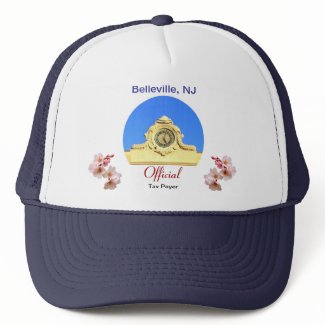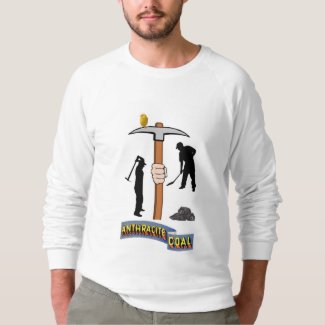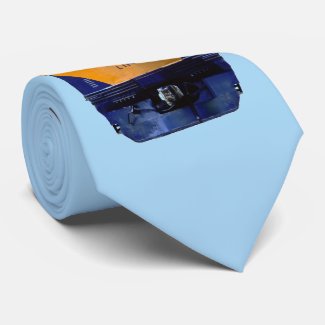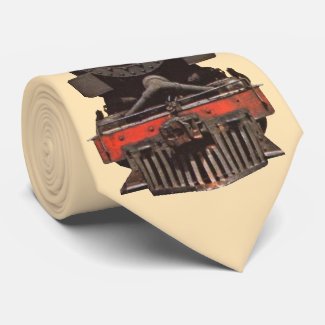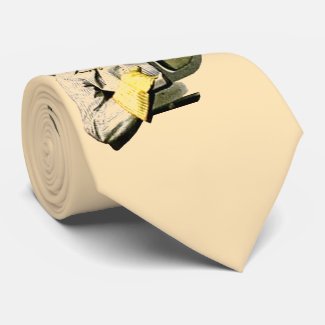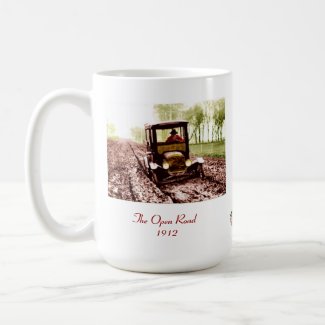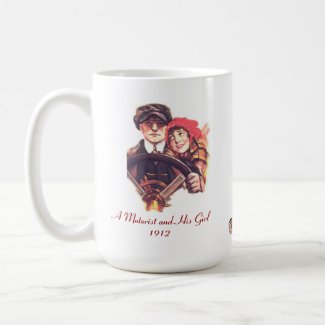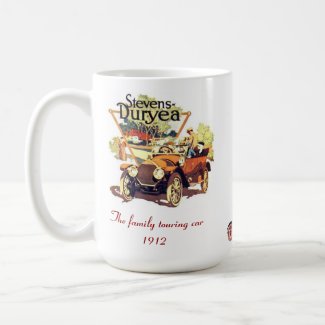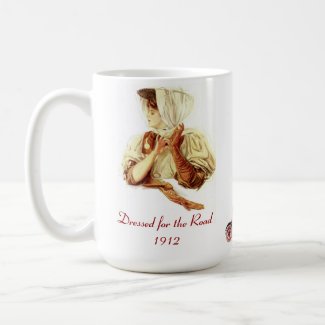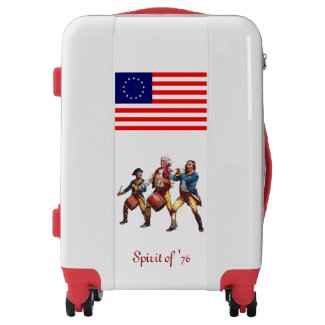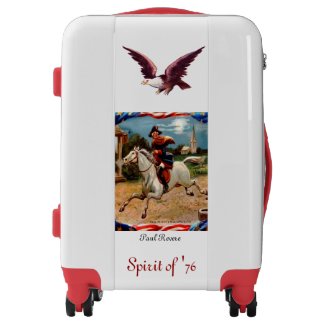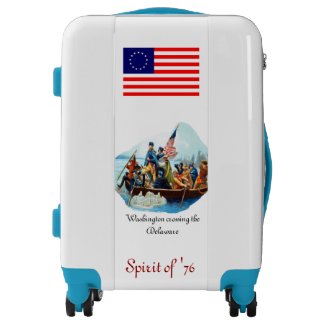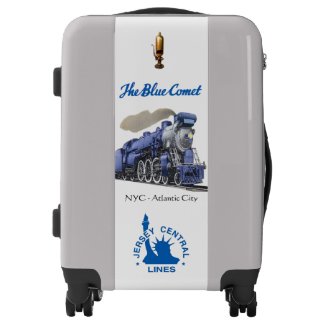Remembering the Victory Ship Walter Kidde
Memorial Day 2005 has come now upon us. Customarily, we pause in our merry-making just long enough to remember, in a passing thought, heroes past and present. It is a good exercise; that is, remembering heroes. We owe our life-style to them. Ordinary folks they were who found themselves in extraordinary circumstances and, when called upon, did extraordinary things.
We owe much to many. Sometimes however, to make it more real, I like to narrow my focus. In this year’s remembering I would like to raise my glass in tribute to the crew of an old WWII Victory Class ship, named after one of Belleville’s great captains of industry, the S.S. Walter Kidde. She is a part of our town’s history by virtue of her name. Walter Kidde put as much energy and creative genius into the battle of the home front as any General did in those other battles. Kidde’s army was all those folks who toiled in the plant on Main Street adding to Belleville’s prodigious output of war materials. The government, in naming this particular Victory Ship, acknowledged his contribution as well as the contribution of the tireless work force of our town.
The Victory Ship Walter Kidde, 455 feet long and 62 feet wide, sleek and fast, capable of 17 knots when at maximum power, could outrun a U-Boat. In your mind’s eye, place yourself on her deck for a moment in those dark waters of war. She was armed with a 5-inch gun aft for use against submarines, a bow-mounted 3-inch anti-aircraft gun and eight 20 mm cannon. With this minimum of firepower, her crew was expected to defend the 10,850 tons of tanks, jeeps or aircraft that she could carry. In wartime she was manned by a crew of 62 merchant sailors and 28 U. S. Navy Armed-Guard personnel who operated the guns and communications equipment.
There were 534 Victory class ships built for the war effort making it difficult to learn the history of just one of them but we do get two “snap-shots in time” of the Walter Kidde. We know she was built in Baltimore, launched in 1944, and was at war during the last two years of WWII. We also know she survived the war to become a peace-time merchant ship, re-named the Yorkman, with the Calmar Line.
So, this Memorial Day I shall raise a glass of good scotch to the gallant crew of the Victory Ship Walter Kidde and reflect upon their bravery. I would like to think that her crew knew they were on a good ship named after an industrial leader in a town of dedicated people.
Here you can see a photo of the Walter Kidde in civilian garb courtesy of Armed-Guard.com.
We owe much to many. Sometimes however, to make it more real, I like to narrow my focus. In this year’s remembering I would like to raise my glass in tribute to the crew of an old WWII Victory Class ship, named after one of Belleville’s great captains of industry, the S.S. Walter Kidde. She is a part of our town’s history by virtue of her name. Walter Kidde put as much energy and creative genius into the battle of the home front as any General did in those other battles. Kidde’s army was all those folks who toiled in the plant on Main Street adding to Belleville’s prodigious output of war materials. The government, in naming this particular Victory Ship, acknowledged his contribution as well as the contribution of the tireless work force of our town.
The Victory Ship Walter Kidde, 455 feet long and 62 feet wide, sleek and fast, capable of 17 knots when at maximum power, could outrun a U-Boat. In your mind’s eye, place yourself on her deck for a moment in those dark waters of war. She was armed with a 5-inch gun aft for use against submarines, a bow-mounted 3-inch anti-aircraft gun and eight 20 mm cannon. With this minimum of firepower, her crew was expected to defend the 10,850 tons of tanks, jeeps or aircraft that she could carry. In wartime she was manned by a crew of 62 merchant sailors and 28 U. S. Navy Armed-Guard personnel who operated the guns and communications equipment.
There were 534 Victory class ships built for the war effort making it difficult to learn the history of just one of them but we do get two “snap-shots in time” of the Walter Kidde. We know she was built in Baltimore, launched in 1944, and was at war during the last two years of WWII. We also know she survived the war to become a peace-time merchant ship, re-named the Yorkman, with the Calmar Line.
So, this Memorial Day I shall raise a glass of good scotch to the gallant crew of the Victory Ship Walter Kidde and reflect upon their bravery. I would like to think that her crew knew they were on a good ship named after an industrial leader in a town of dedicated people.
Here you can see a photo of the Walter Kidde in civilian garb courtesy of Armed-Guard.com.
Labels: Bellevlle NJ









